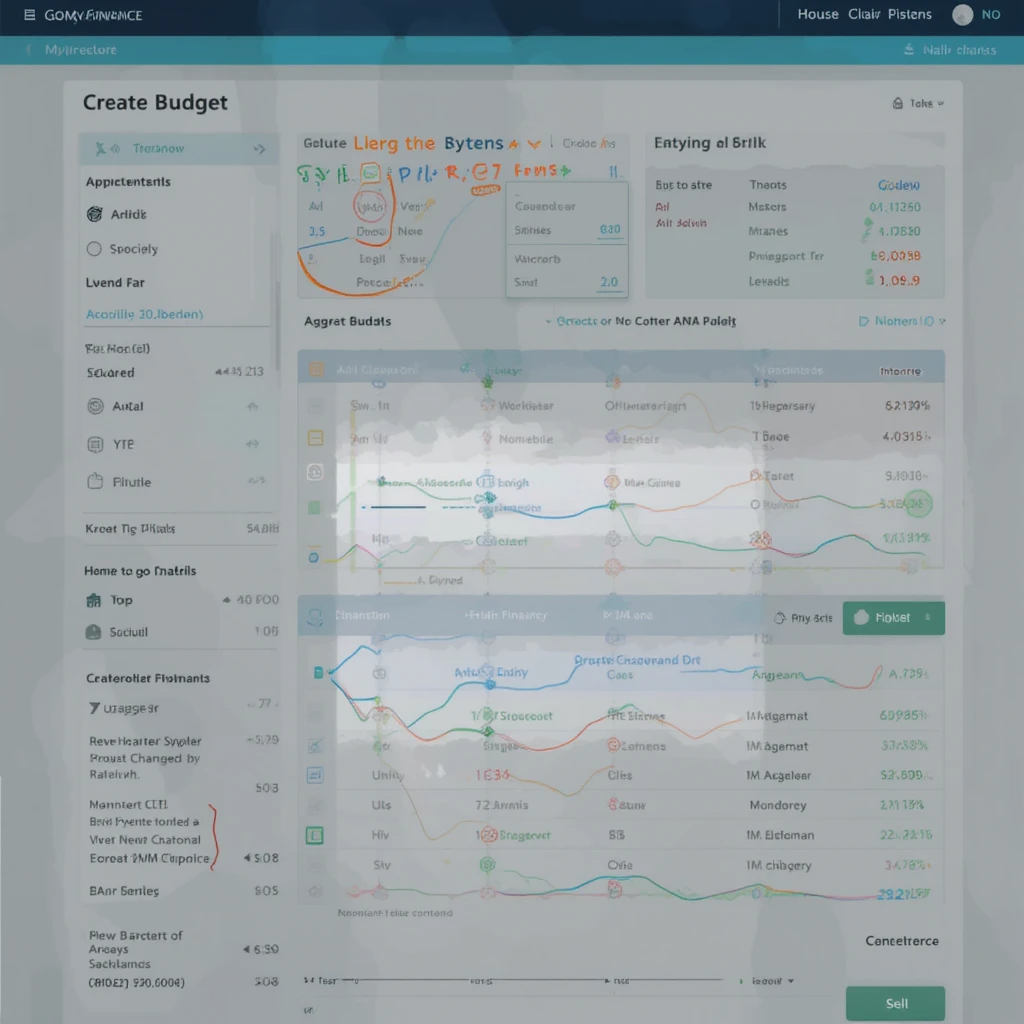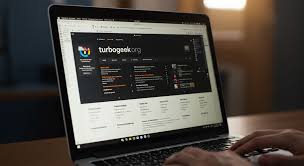GoMyFinance.com Create Budget: A Step-by-Step Guide to Financial Success

This article provides a detailed guide on how to use GoMyFinance.com create budget feature, its benefits, and practical tips to optimize your financial planning. Whether you are a beginner or someone looking to refine your budgeting skills, this guide will help you take full control of your finances.
What is GoMyFinance.com Create Budget?
GoMyFinance.com offers a user-friendly budgeting tool that allows individuals to create a well-structured financial plan. It helps users categorize their income and expenses, set spending limits, and monitor their financial health effortlessly.
Key Features of GoMyFinance.com Create Budget
- Easy-to-Use Interface: The platform provides a straightforward layout, making budgeting accessible to everyone.
- Customizable Categories: Users can allocate funds to different categories such as rent, groceries, utilities, entertainment, and savings.
- Real-Time Expense Tracking: The tool helps users track their spending in real-time.
- Financial Reports and Insights: Get a clear understanding of where your money is going with detailed reports.
- Goal-Oriented Budgeting: Set financial goals and work towards them with structured budget planning.
Why Use GoMyFinance.com to Create a Budget?
Budgeting is essential for financial well-being. Using GoMyFinance.com create budget feature has several benefits:
1. Improved Financial Awareness
Understanding where your money goes is the first step toward financial control. With GoMyFinance.com, you can track expenses and identify areas where you can cut unnecessary spending.
2. Helps You Save Money
By setting limits on non-essential expenses, the tool ensures you have enough savings for emergencies, investments, and long-term goals.
3. Prevents Debt Accumulation
Many people fall into debt due to uncontrolled spending. With a budget, you can allocate funds wisely and avoid overspending.
4. Assists in Achieving Financial Goals
Whether it’s saving for a house, planning for retirement, or building an emergency fund, a structured budget makes it easier to achieve financial milestones.
5. Reduces Financial Stress
A well-managed budget provides peace of mind by eliminating uncertainties related to finances.
How to Use GoMyFinance.com to Create a Budget
Creating a budget on GoMyFinance.com is simple. Follow these steps to set up your budget effectively:
Step 1: Sign Up and Log In
Visit GoMyFinance.com and create an account if you haven’t already. After registering, log in to access the budgeting tool.
Step 2: Enter Your Income
Start by entering your total monthly income. This could include:
- Salary
- Business profits
- Freelance earnings
- Side hustle income
- Any other source of revenue
Step 3: List Your Expenses
Break down your expenses into essential and non-essential categories. Some common categories include:
- Essential Expenses:
- Rent/Mortgage
- Utilities (Electricity, Water, Internet)
- Groceries
- Transportation
- Insurance
- Loan payments
- Non-Essential Expenses:
- Entertainment
- Dining out
- Shopping
- Subscriptions (Netflix, Spotify, etc.)
Step 4: Allocate Budget for Each Category
After listing expenses, assign a specific amount to each category based on your income. Ensure you prioritize necessities before allocating money to luxury expenses.
Step 5: Set Savings Goals
GoMyFinance.com allows you to set financial goals. Whether it’s building an emergency fund or saving for a vacation, allocate a portion of your income to savings.
Step 6: Track Your Spending
The platform provides real-time tracking, enabling you to monitor whether you’re sticking to your budget. Regular tracking helps identify any spending habits that need adjustments.
Step 7: Review and Adjust Monthly
A budget isn’t static; it should be reviewed regularly. Analyze your spending patterns and adjust your budget accordingly to stay on track.
Tips for Effective Budgeting with GoMyFinance.com
While GoMyFinance.com provides an excellent budgeting tool, following best practices can make your budget even more effective.
1. Follow the 50/30/20 Rule
A widely recommended budgeting method is the 50/30/20 rule:
- 50% of Income for Needs: Rent, utilities, groceries, insurance.
- 30% of Income for Wants: Entertainment, dining out, hobbies.
- 20% of Income for Savings and Debt Repayment: Emergency fund, investments, paying off loans.
Using this approach on GoMyFinance.com makes budgeting easier and ensures a balanced financial plan.
2. Automate Your Savings
Set up automatic transfers to your savings account to ensure you save consistently. GoMyFinance.com allows you to integrate bank accounts for easier tracking.
3. Cut Unnecessary Expenses
Review your expenses and identify areas where you can reduce costs. Cancel unused subscriptions and look for discounts or alternatives for non-essential spending.
4. Use Financial Reports
GoMyFinance.com provides financial reports that give insights into spending habits. Use these reports to make informed financial decisions.
5. Stay Disciplined
Sticking to your budget requires self-control. Avoid impulse purchases and ensure you follow the limits set in your budget.
Common Budgeting Mistakes to Avoid
Even with the best tools, budgeting mistakes can derail financial goals. Here are some common mistakes to watch out for:
1. Underestimating Expenses
Many people underestimate costs, leading to budget shortfalls. Always overestimate slightly to ensure you’re covered.
2. Not Tracking Expenses Regularly
Creating a budget is not enough; tracking your spending is crucial. Regular monitoring ensures you stay within limits.
3. Failing to Include Savings
Some people forget to budget for savings. Always prioritize saving, even if it’s a small amount.
4. Being Too Restrictive
A budget should be realistic. If it’s too restrictive, it becomes difficult to maintain. Allow some flexibility for unexpected expenses.
5. Ignoring Financial Goals
Without clear financial goals, a budget lacks direction. Set specific, achievable goals to keep yourself motivated.
Conclusion
A well-planned budget is the foundation of financial success, and GoMyFinance.com create budget feature simplifies the process. By following the steps outlined in this guide, you can take control of your finances, reduce debt, and work towards achieving your financial goals.
Whether you’re new to budgeting or looking to improve your financial planning, GoMyFinance.com create budget provides an intuitive and effective way to manage your money. Start budgeting today and take charge of your financial future!


